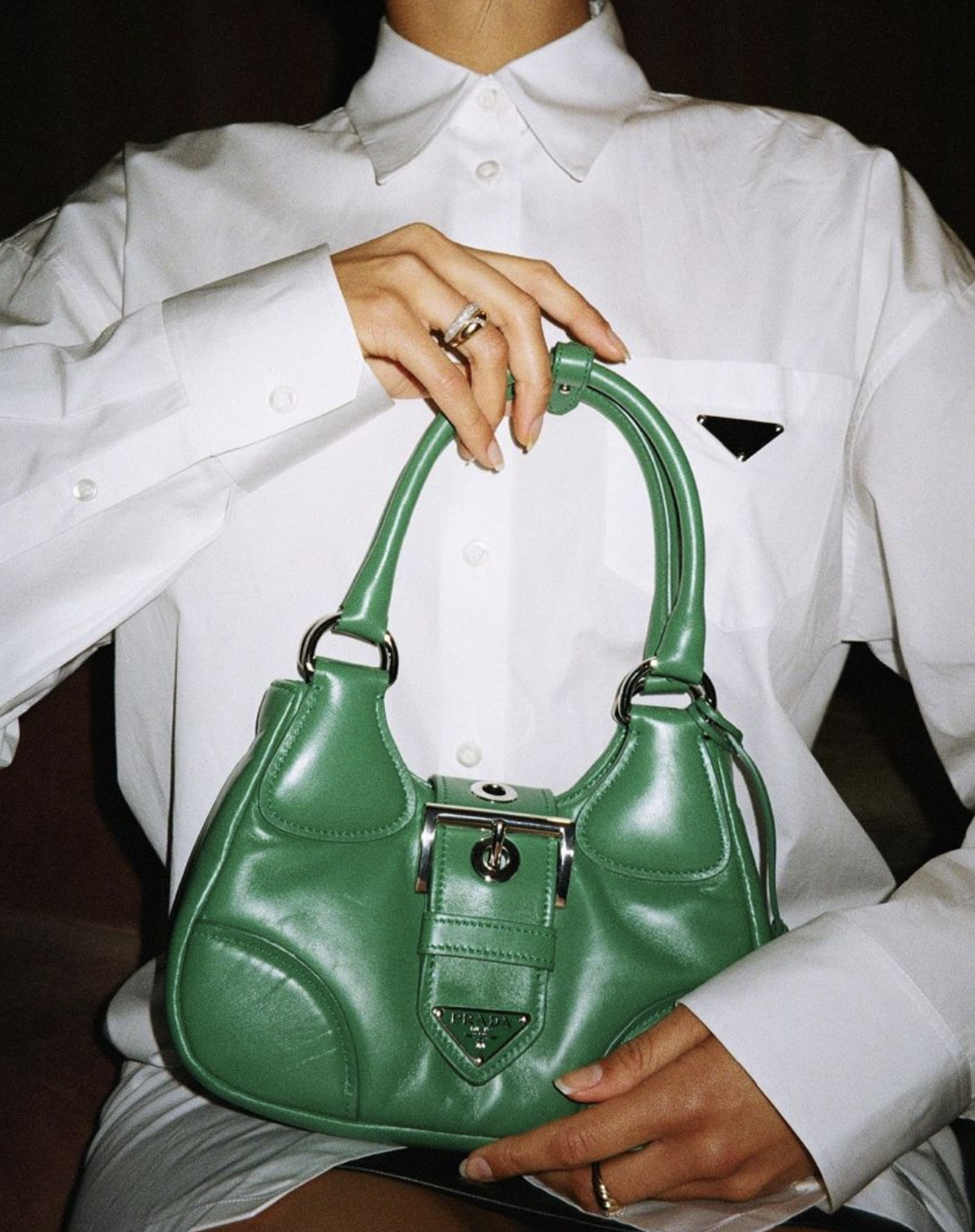Copenhagen Fashion Week, known for its trendsetting designs and commitment to sustainability, encountered an unusual and unwelcome twist this season — the unexpected presence of rats in parts of the city during the highly anticipated event. While the runway shows went on as planned, reports of rodent activity around key fashion venues have sparked discussion among attendees, organizers, and local authorities.
The presence of the rodents, which was noticed close to many well-known event venues and outdoor displays, garnered interest from both the public and media outlets. While it is typical to spot rodents in large metropolitan regions, their emergence during a prominent occasion has sparked worries regarding urban infrastructure, cleanliness, and public image. As fashion week attracts designers, models, journalists, and purchasers from across the world, even minimal disturbances are heightened under international attention.
Municipal officials were quick to address the situation, acknowledging the issue and launching targeted pest control measures in areas where increased activity had been reported. According to city sanitation teams, seasonal changes, increased food waste from pop-up events, and ongoing urban development may have contributed to the spike in sightings. Temporary installations and high foot traffic, common during fashion week, can unintentionally disturb nesting areas and drive rodents into more visible zones.
Even with these attempts, the timing of the issue has sparked discussion within fashion communities. For a gathering that honors beauty, accuracy, and meticulously designed settings, the existence of rodents presents a striking contrast. Social media participants and fashion analysts, ever eager to transform such moments into memes or criticisms, posted videos and stories online, with responses spanning from concern to irony.
Event organizers have emphasized that the core programming of Copenhagen Fashion Week remains unaffected. Security and venue staff were instructed to increase vigilance, and designers continued to present their collections in both indoor and outdoor spaces. Some shows were moved or adjusted slightly to accommodate new health and safety guidelines, while maintaining the creative integrity that defines the event.
The incident has also prompted a larger conversation about the logistics of hosting major events in urban spaces. Fashion weeks often take over large parts of a city, transforming streets, warehouses, and public areas into temporary hubs of artistic expression. However, with that transformation comes an increased strain on municipal services, from waste management to public transportation — and, as this case illustrates, pest control.
Copenhagen’s local government has reassured residents and visitors that rodent control is a year-round priority. Pest prevention campaigns are routinely conducted, particularly in commercial and residential areas prone to infestations. Officials noted that unusual spikes in sightings are typically manageable and that the situation this season, while unfortunate, is under control.
For some sustainability advocates, the incident served as an unexpected reminder of the interconnectedness of urban ecosystems. As cities grow and evolve, so too do the environmental challenges they face. The presence of rodents, while unwelcome, is not entirely avoidable — especially in dense, dynamic environments like Copenhagen during fashion week. A few voices even suggested that the situation be used as a prompt to reconsider how major events can coexist more harmoniously with the cities that host them.
While designers and stylists concentrated on the week’s creative vibe, street fashion thrived, fashion shows proceeded smoothly, and new talents received the global recognition they earned. The robustness of Copenhagen’s fashion sector, already celebrated for its innovation and leadership, was evident as attendees adjusted to situations with expertise and style.
As we move forward, the planners of Copenhagen Fashion Week are expected to work more intimately with city authorities to ensure more efficient logistics for the upcoming seasons. Inspections before the event, enhanced waste management initiatives, and synchronized public communication might all contribute to resolving comparable issues. The ultimate aim is to preserve the event’s prestige while ensuring the seamless organization of one of Europe’s leading fashion events — without any unforeseen participants.
While the rodent reports may fade from headlines quickly, they underscore the complexity of staging global cultural events in live urban settings. Fashion, after all, doesn’t exist in a vacuum — it unfolds in the real world, with all of its unpredictable elements. In Copenhagen this season, those elements included an unlikely cast of creatures, briefly stealing the spotlight but never eclipsing the creativity that defines the runway.



